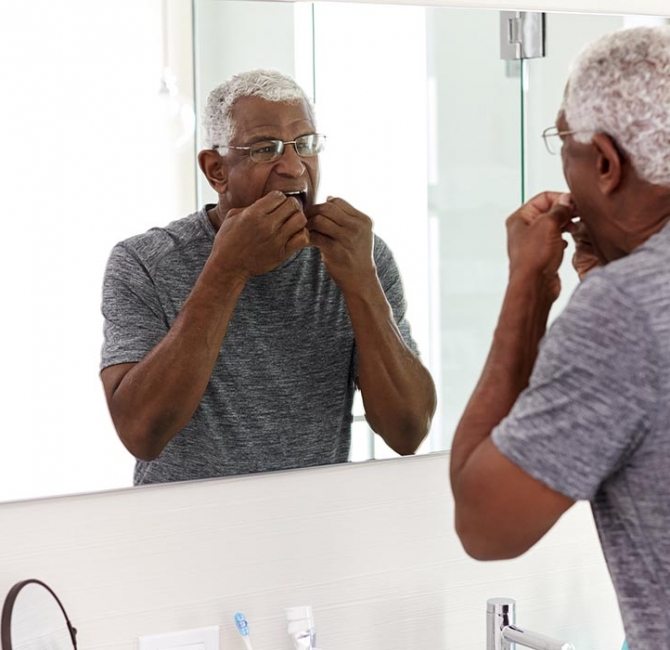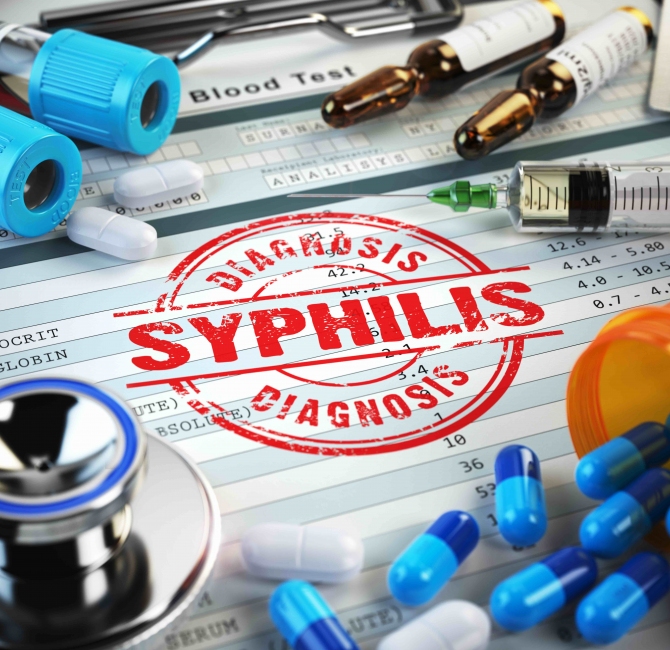Successful treatment of periodontitis involves root surface decontamination and infection control in periodontal pockets. In the 1970s and 1980s, scaling, root planing, and gingival curettage were common treatments for periodontitis; and surgical treatments, such as gingivectomy, flap surgeries, and resective therapy, were often utilized. These therapies focused on soft tissue and bone removal due to the belief these tissues were contaminated during periodontitis, and their removal was necessary to control the disease.
This paper reviews the approaches and concepts behind minimally invasive nonsurgical therapy (MINST) and presents some promising outcomes, namely:
- Reduction of postoperative trauma, increasing tissue stability and consequent reduction in gingival margin changes;
- Aesthetic benefits because of reduced gingival recession; and
- Potentially reduced hypersensitivity posttreatment.
Specifically, for intrabony defects and compared with surgical regenerative/reconstructive surgery, less invasive methods such as MINST may lead to:
- Decreased chair time and healing time with a reduced impact on clients;
- Minimal morbidity and tissue trauma; and
- Similar average probing pocket depth reduction and clinical attachment level gains.



